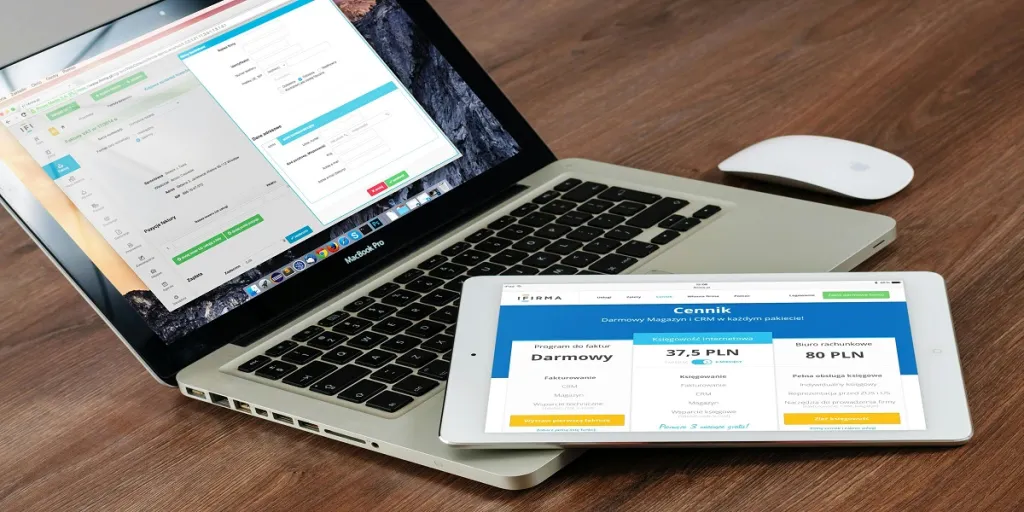eBay is one of the largest online marketplaces in the world, with millions of buyers actively searching for products every day. Whether you’re flipping thrift store finds, running a side hustle, or clearing out your attic, selling on eBay can be a quick way to make money – if you know how to navigate the platform.
eBay can also be used to support your online store, especially if you currently only use one channel to sell. In this guide, we’ll show you how to best utilize this excellent sales tool in seven simple steps.
Table of Contents
How to sell on eBay in seven steps
Step 1: Sign up for an account
Step 2: Set up a seller account
Step 3: Create a listing
Step 4: Optimize listings for more views
Step 5: Set a price
Step 6: Choose shipping options
Step 7: Promote and get paid
What sells best on eBay?
Rounding up
How to sell on eBay in seven steps
Step 1: Sign up for an eBay account
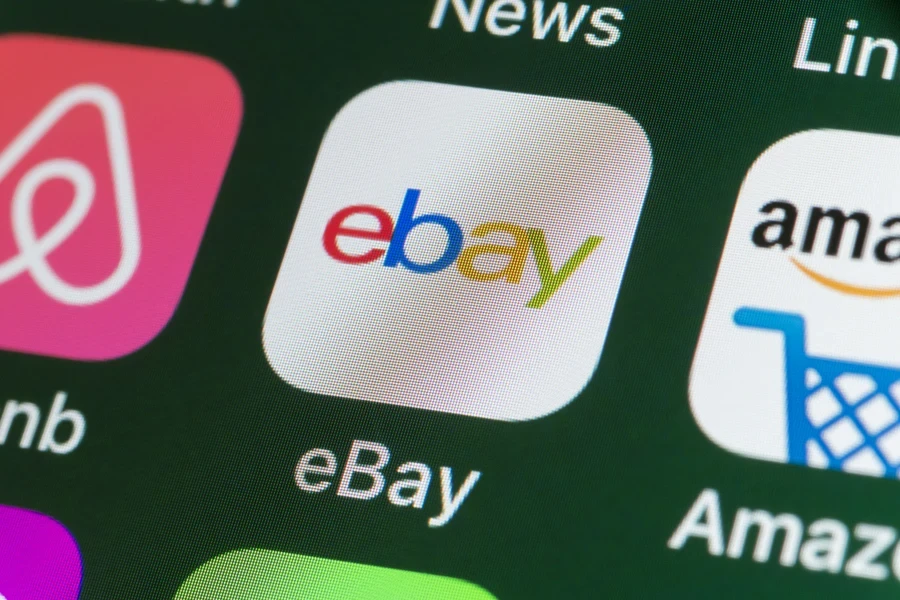
You can’t sell on eBay without an account. Luckily, creating one is super easy:
- Go to eBay.com and click “Register”
- Choose a personal or business account (business is best if you plan to sell regularly)
- Enter your name/business name, email, and password (and a business location if you’re creating a business account)
- Verify your email address and set up your seller profile
Step 2: Set up a seller account
Now that you have an account, eBay will ask for additional details before you can start selling. This includes:
- Your bank info (so transactions can be transferred to you and you can pay eBay’s sellers fees)
- A preferred payment method
- Business details (like type, contacts, and stakeholders)
Now that you’ve completed this step, you’ll be ready to list your first item!
Step 3: Create a listing
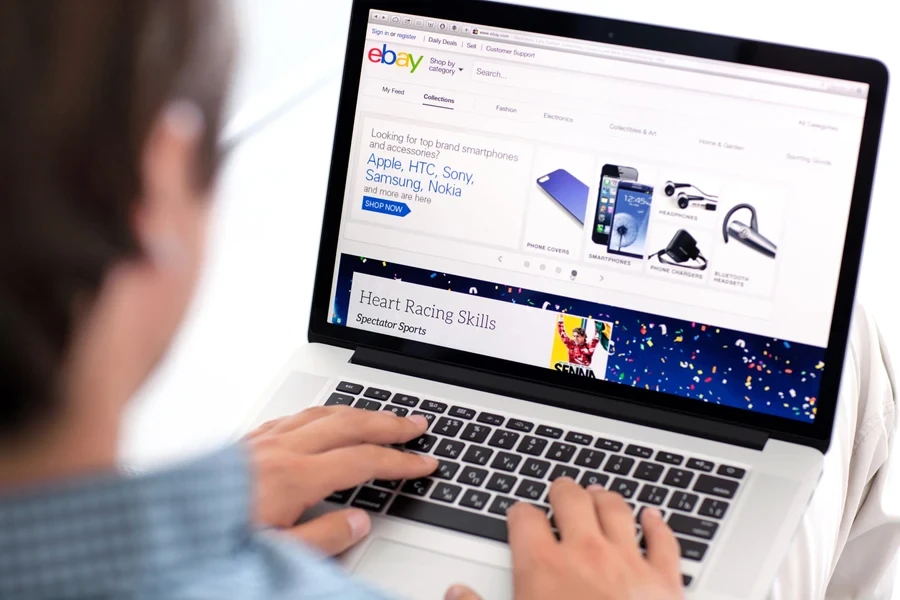
Listing a product on eBay requires an inventory, which won’t be a problem if you’re already active in ecommerce. But if you’re a new seller, you must add the products you want to sell to your store.
Once your store is ready for listing, follow these steps to start selling:
1. Click “Sell” in the top menu and choose “Create a Listing”
2. Type in what you’re selling (eBay will suggest a category for you, or you can continue without their suggestions)
3. Fill out your listing details by choosing the item’s condition
4. Then, it will take you to your listing tool, where you will add the following details:
- Photos (clear, high-quality images from multiple angles)
- Title (be specific: “Nike Air Jordan 1 Retro Black/Red Men’s Size 11”)
- Item category
- Item specifics (e.g., brand, type, and additional details)
- Condition description
- Description (include brand, model, features, and anything buyers need to know)
- Price (fixed or auction-style – more on that below)
- Shipping and handling (who pays for shipping, how long it will likely take, etc.)
Pro tip: The more details you add, the better! Buyers want clarity before they hit that “Buy Now” button.
Step 4: Optimize your listing for more views
eBay has millions of users, meaning it’s easy for your listing to get lost without even appearing in search results. Thankfully, you can optimize to leverage this search-based marketplace via a few simple steps:
Use strong keywords in your title. Your title should be clear, keyword-rich, and specific, as buyers will search for what they want based on keywords. For example, “Apple iPhone 12 Pro 256GB Unlocked Silver” over “Apple iPhone 12,” and avoid vague titles like “Phone Great Deal” (people very rarely search this way).
- Write a clear, persuasive description. A good description will answer common questions (like, if it’s clothes you’re selling, whether the item fits true to size) and will be honest about any flaws. Consider using bullet points for easy readability.
Here’s an example of a bad description: “Selling these shoes. Barely used. Great deal!”
Versus a good description:
- Nike Air Jordan 1 Retro High OG in black and red
- Size 11 men’s
- Only worn twice, excellent condition
- Comes with an original box and extra laces
- No scuffs or stains. Fast shipping!
- Upload high-quality photos. Great pictures can significantly boost the chance of an item being sold (eBay allows users to upload 12 pictures for free, and it’s better to use them!). Use a plain background (white works best) and show all angles (front, back, sides, and close-ups). If the item has any flaws, show them – it’s always better to be upfront than encounter problems down the line.
Step 5: Set your price
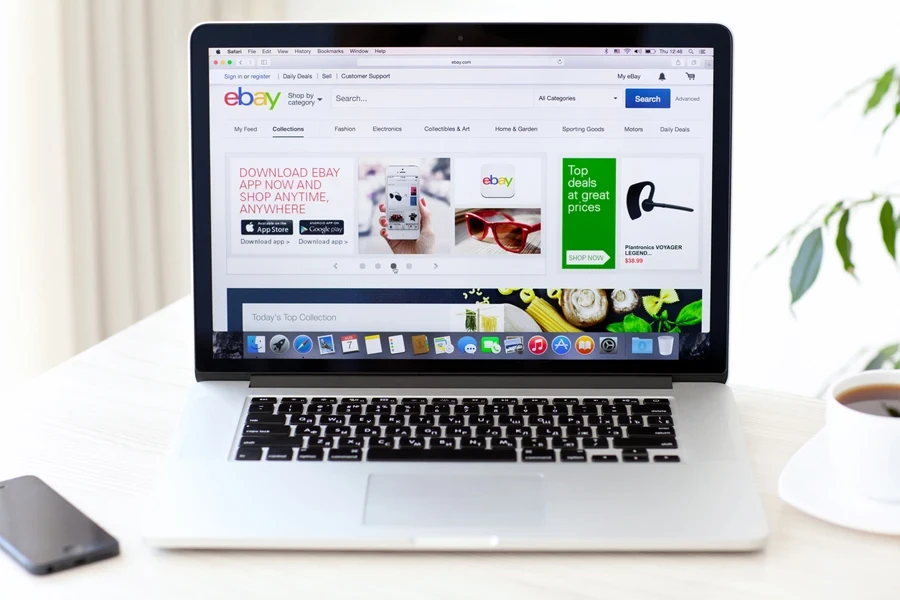
Although there are several reasons why a buyer may choose a seller or item, setting competitive prices will be one of the best ways to attract sales. There are two main pricing strategies you can use on eBay:
1. Auction-style pricing: This auction strategy is the best for rare or high-demand items (bidding wars usually help to boost the final price)
2. “Buy It Now”: This pricing strategy is better for regular items that people buy regularly
eBay also allows for various payment methods at checkout, including:
- Apple Pay
- eBay gift cards, vouchers, etc.
- Payment on delivery/pickup
- Spendable funds
- Credit and debit cards
- Google Pay
- PayPal and PayPal Credit
They also accept the following methods for specific cases and categories:
- Checks
- Money orders
- Wire or bank transfers
- Escrow
- Online payment services
Step 6: Choose shipping options
The type of shipping options you provide is likely to affect whether your items sell or not. That’s because many buyers filter searches by “Free Shipping,” so consider trying to include the cost in your price. Here are some other shipping strategies to consider:
- You can qualify for eBay Guaranteed Delivery (EGD) by offering same-day or one-day delivery and completing a minimum of 100 transactions annually. This fast delivery can boost your visibility.
- Use eBay’s Global Shipping Program (GSP) to fulfill orders globally and affordably
- Set your return and exchange policies. A 30-day return policy is a standard best practice.
Step 7: Promote and get paid
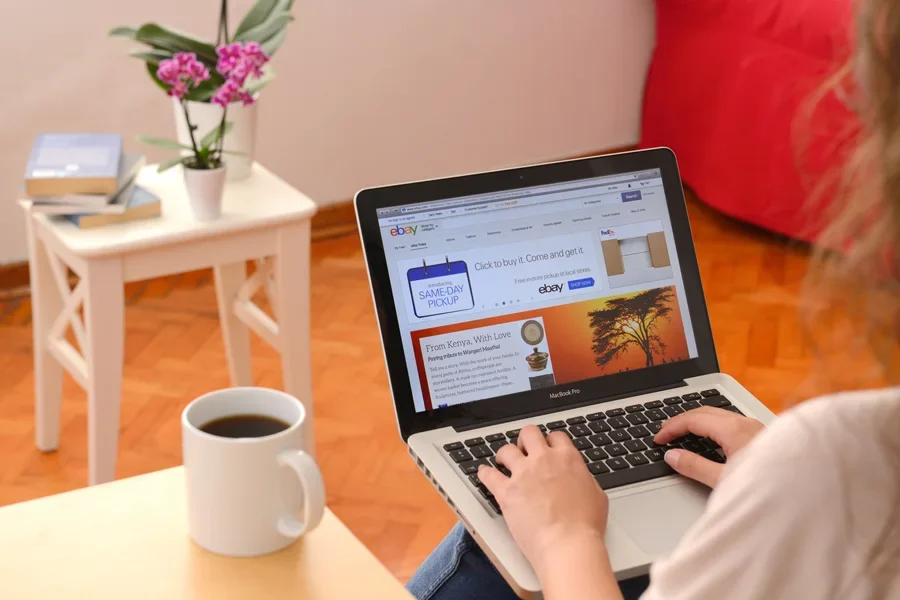
While promoting your eBay listing is optional, it’s a great way to get more eyes on your products. Some eBay sellers report that Promoted Listings give up to a 36% visibility boost. However, you’ll need a subscription to use this service.
Once your item sells:
- Buyer pays through eBay (you don’t need PayPal)
- You pack and ship the item within your handling time
- eBay releases your funds after the buyer confirms delivery
Pro tip: Always message buyers after shipping, boosting your feedback score and encouraging repeat customers.
What sells best on eBay?
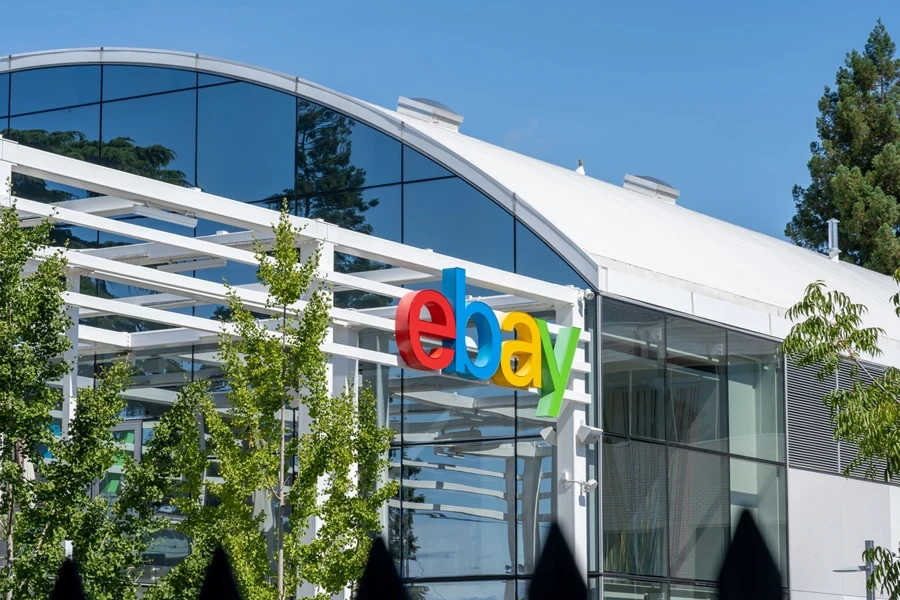
Not sure what to sell? These categories always perform well:
- Electronics (phones, laptops, and gaming consoles)
- Sneakers and apparel (like Nike, Adidas, vintage clothing)
- Collectibles (Pokémon cards, Funko Pops, and sports memorabilia)
- Auto parts (car accessories and motorcycle parts)
- Health andeauty products (perfumes, skincare, and vitamins)
Pro tip: Check eBay’s “Trending Products” for fast-moving and bestselling items.
Rounding up
Selling on eBay can be lucrative if you know what you’re doing, which is why many sellers use its expansive marketplace to sell secondhand items, start a side hustle, or expand an existing business.
Finally, it’s important to note that the platform charges its sellers two separate fees: an insertion fee (free for the first 250 listings every month) and a final value fee (3% to 15%, plus $0.30 per order). While these fees can add up, access to the platform’s significant number of buyers is likely to be more advantageous than if you don’t use it.
